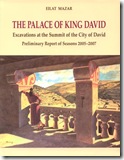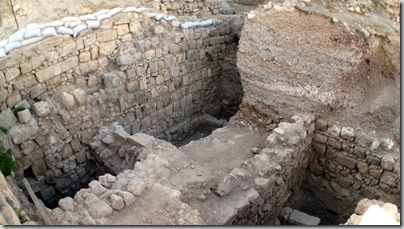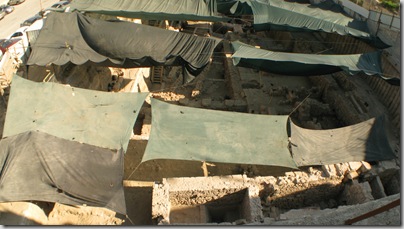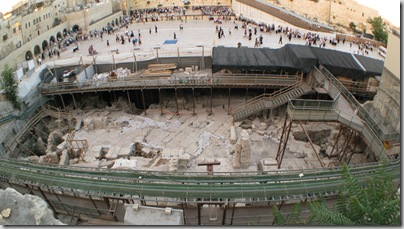Ferrell Jenkins links to a new video on the excavations of Tall el-Hammam, believed by Steven Collins to be biblical Sodom. The 10-minute video is well-produced and the excavator’s arguments are easy to understand. I don’t need to make every mention of this excavation on this blog an occasion to disagree, but it is difficult to let certain statements slide by. Besides that, conservative Bible believers like myself are used to hearing critical dismissals from those who don’t trust the Bible. But just because something is opposed by critics does not mean that it is automatically right!
The problem, I believe, is that Collins’ statement “right place, right time” dooms his identification.
Finding ancient sites that have Middle Bronze occupation and then a gap until Iron Age is not difficult. That’s what Collins has found. This and the others in the area are no doubt important sites, but it does not fit the biblical data about Sodom. Collins concludes with the presentation with this statement:
Every turn of the spade at Tall el-Hammam reinforces the occupational profile predicted for Sodom from the Bible.
If this statement was negative, it would be accurate. That is, Tall el-Hammam does not match the occupational profile for Sodom given in the Bible.
Sodom, according to the Bible:
- Intermediate Bronze (aka EB IV/MB I; 2300-2000 BC): occupied and destroyed
- Middle Bronze (2000-1500 BC): not occupied
- Late Bronze (1500-1200 BC): not occupied
- Iron Age (1200-600 BC): not occupied
Tall el-Hammam, according to the excavations:
- Intermediate Bronze (aka EB IV/MB I; 2300-2000 BC): occupied
- Middle Bronze (2000-1500 BC): occupied [Sodom was not]
- Late Bronze (1500-1200 BC): not occupied
- Iron Age (1200-600 BC): occupied [Sodom was not]
With regard to the Middle Bronze occupation, understand this: you must revise the biblical dates in order for Collins’ identification to match the archaeology. He lowers the date of Abraham in order to create a match with his excavation results. The traditional biblical dating of the destruction of Sodom is approximately 2100 BC, but the Middle Bronze Age ends about 500 years later. (The key references that establish the biblical dating are Exodus 12:40 and 1 Kings 6:1.)
With regard to the Iron Age occupation, there is not one reference in the Bible to Sodom being occupied during this time. There are many references from the end of the Iron Age that indicate that its destruction testified to God’s judgment (Isa 1:9; 13:19-20; Jer 50:40; Amos 4:11; Zeph 2:9). This would hardly be the case for a city that was rebuilt and thriving as Tall el-Hammam was.
Understand, I want to believe. The data just gets in the way.
My previous posts on this site may be found here and here. Steven Collins has written a number of articles about Tall el-Hammam which may be found in his school’s journal here.



